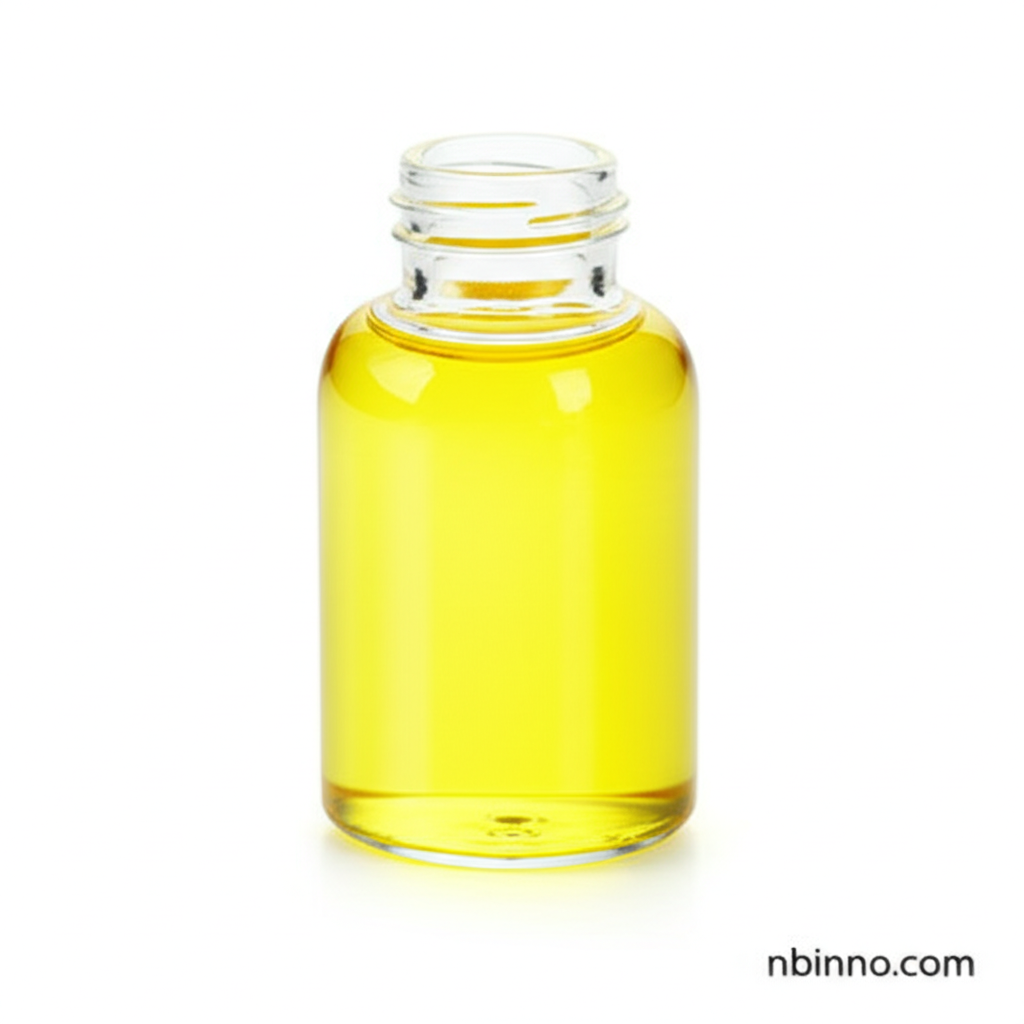Trans-Cinnamaldehyde: Properties, Applications, and Safety
Discover the versatile uses and chemical significance of trans-Cinnamaldehyde in various industries.
Get a Quote & SampleProduct Core Value

trans-Cinnamaldehyde
Trans-Cinnamaldehyde (CAS 14371-10-9) is a vital organic compound, primarily known for imparting the characteristic flavor and aroma of cinnamon. As a key intermediate in the synthesis of various fine chemicals, it plays a crucial role in the flavor and fragrance industries, as well as in agrichemical applications and material science.
- Explore the uses of cinnamaldehyde in fragrance, leveraging its pleasant scent profile for perfumes and aromatic products.
- Understand the cinnamaldehyde chemical properties, including its liquid state and distinct yellow hue, vital for precise industrial applications.
- Investigate the cinnamaldehyde antimicrobial properties, highlighting its potential as a natural preservative and biocide in various formulations.
- Learn about cinnamaldehyde synthesis methods, essential for ensuring a consistent and high-quality supply for diverse industrial needs.
Advantages Offered
Versatile Applications
The compound serves multiple functions, from enhancing flavors and fragrances to acting as an effective agrichemical and corrosion inhibitor, demonstrating its broad utility.
Natural Origin and Synthesis
Naturally found in cinnamon bark, its synthetic production ensures a reliable source for industrial demand, making it a key component in the natural sources of cinnamaldehyde discussion.
Beneficial Properties
Its demonstrated antimicrobial, antifungal, and insecticidal effects, along with its potential in DNA repair, offer significant benefits across health and agriculture sectors.
Key Applications
Flavor & Fragrance Industry
Leveraging its characteristic cinnamon aroma, it's widely used to create appealing scents and flavors in consumer products, a key aspect of cinnamaldehyde applications in industry.
Agrochemicals
Its potent insecticidal, antibacterial, and antifungal properties make it valuable in developing safer and more effective pest control and preservation solutions, contributing to sustainable agrichemicals development.
Chemical Synthesis
As a crucial organic intermediate, it is fundamental for synthesizing a wide array of complex molecules, impacting sectors from pharmaceuticals to materials science.
Material Protection
Its efficacy as a corrosion inhibitor for metals like steel highlights its utility in extending the lifespan and performance of industrial materials.
